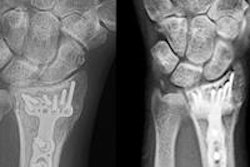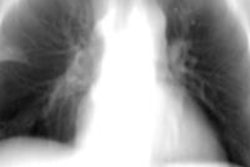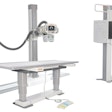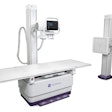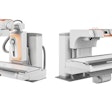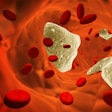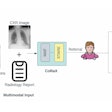Monday, December 2 | 11:10 a.m.-11:20 a.m. | SSC04-05 | Room S404AB
Italian researchers have found that digital chest tomosynthesis is comparable to CT for detecting noncalcified lung nodules, and they will report their study findings in this scientific session.For the past few RSNA conferences, a team led by Dr. Maurizo Grosso from Santa Croce e Carle Hospital has released findings about the possibility of digital chest tomosynthesis becoming a first-line tool for lung cancer screening. Now, the study has transitioned from its preliminary phase.
Grosso and colleagues enrolled smokers or former smokers ages 45 to 75 with a smoking history of at least 20 pack years and no malignancy in the five years before the start of the study. Digital chest tomosynthesis was performed at baseline and the one-year follow-up. Patients with lung nodules had other radiological examinations: CT, contrast-enhanced CT, or PET/CT.
A total of 1,843 tomosynthesis studies were performed. Pulmonary abnormalities were detected in 268 subjects. First-line CT was carried out in 132 patients, 68 of whom were referred for follow-up CT. PET/CT was performed in 27 patients and lung cancer was detected in 18 individuals.
The detection rate of noncalcified lung nodules for digital tomosynthesis was comparable to rates reported for CT, and chest digital tomosynthesis still holds promise as a first-line lung cancer screening tool, the researchers concluded.





